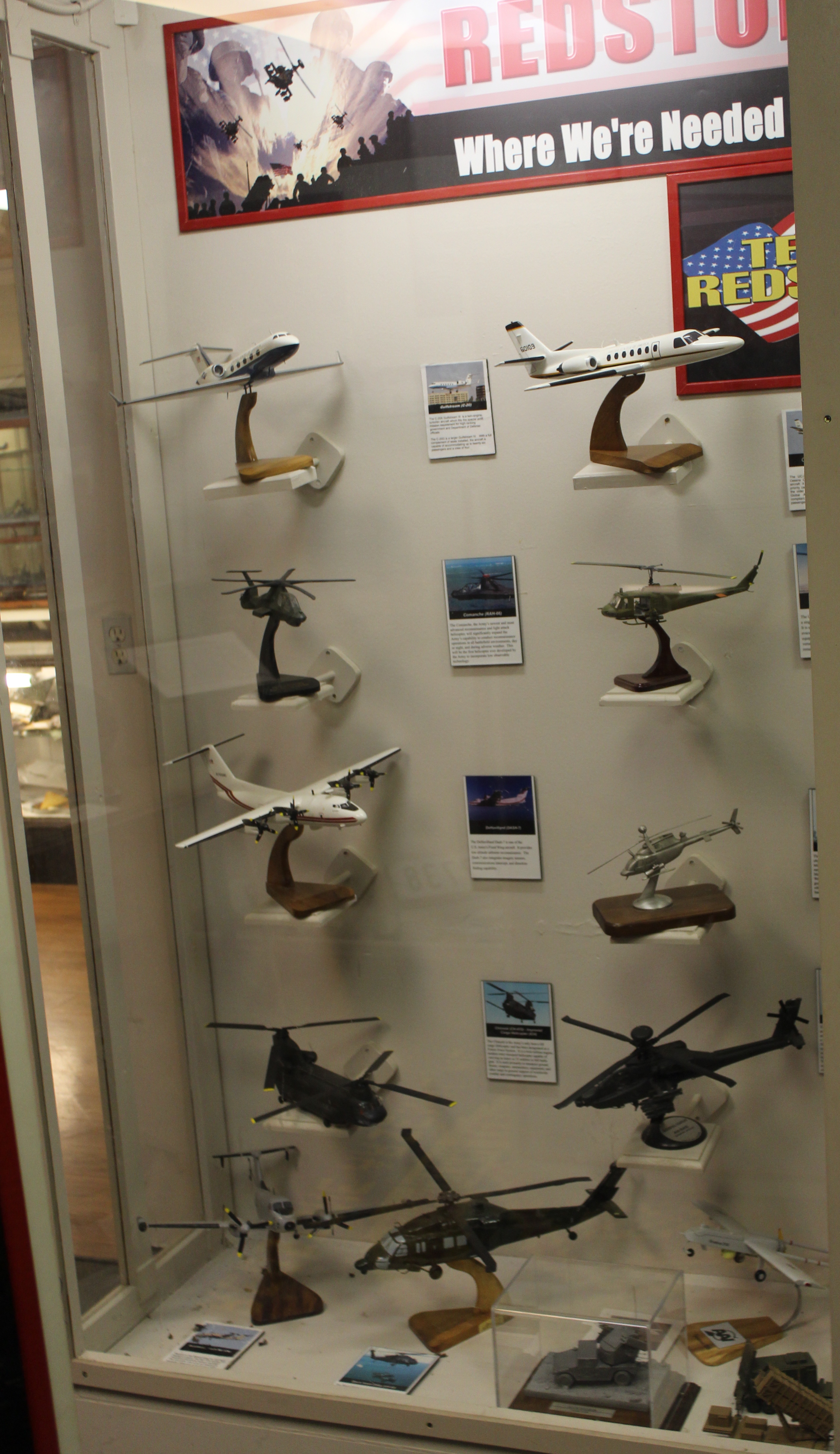Gulfstream (C-20) Aircraft
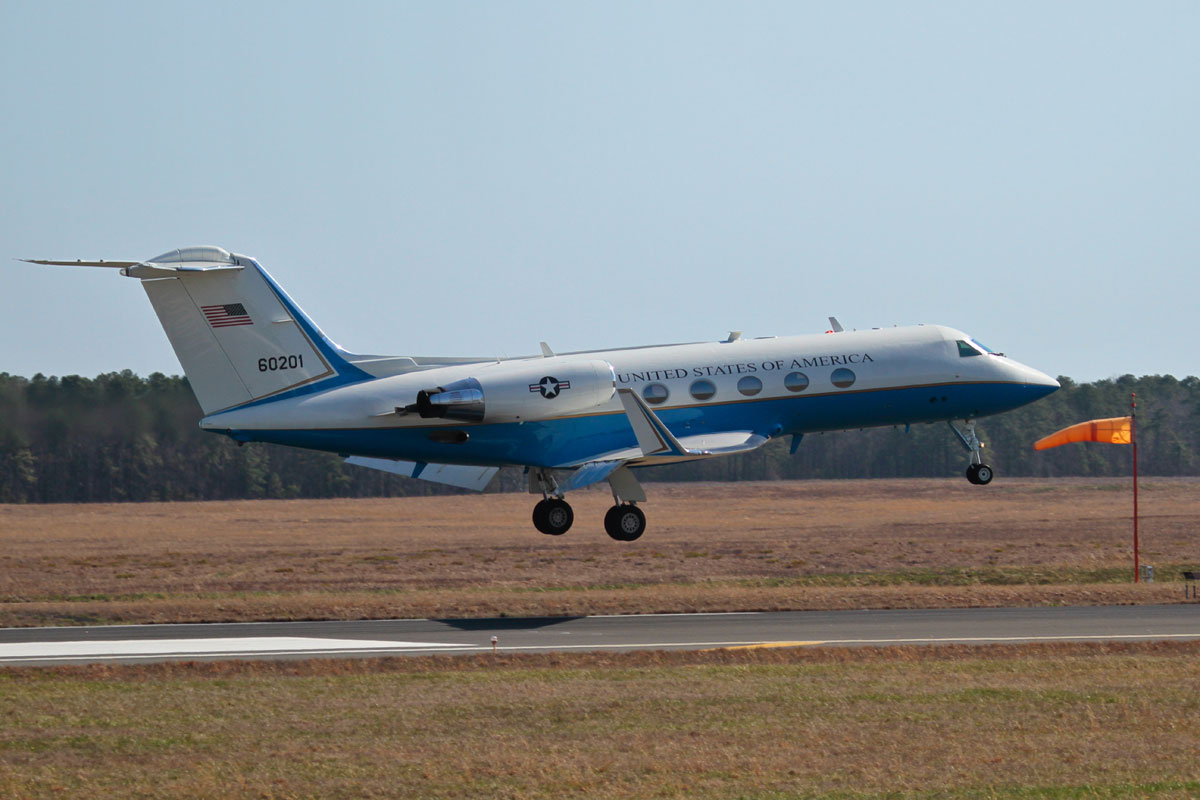
The Gulfstream C-20 is the military version of the Gulfstream III aircraft. The C-20 first entered service in 1983. The C-20 serves as transport aircraft for high ranking military and civilian officials. The C-20 is a high speed long range all weather aircraft. It is powered by two Rolls Royce Spey MK511-8 turbofan engines. The executive compartment can accommodate 5 passengers. The staff compartment can accommodate 8 passengers. The C-20 is in service with the US Navy and Air force . Its maximum speed is 575 MPH, range: 4200 miles, and its service ceiling is 45,000 ft.
Cessna UC-35 Aircraft
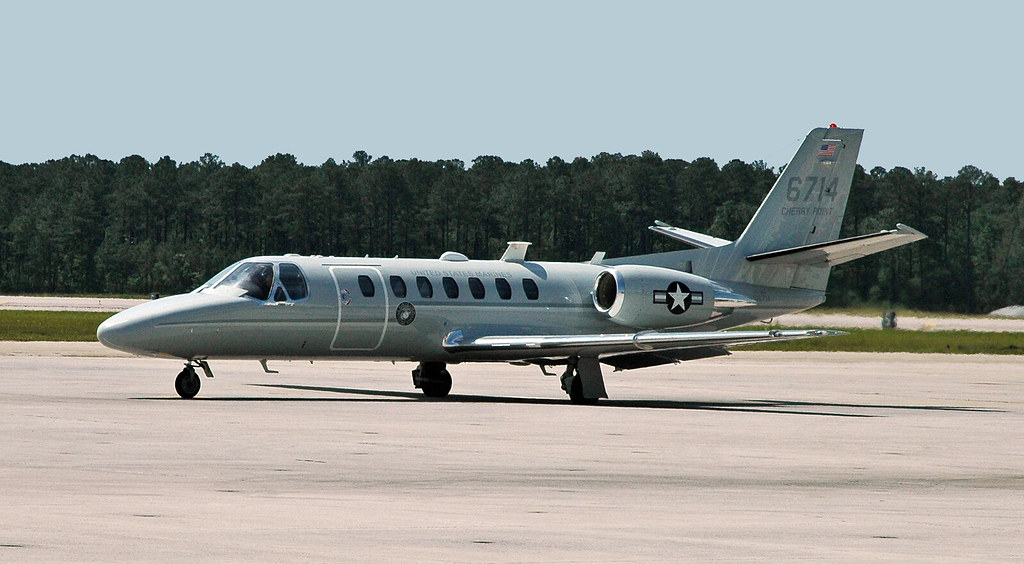
The Cessna UC-35 is a medium range executive and priority cargo jet aircraft. It is a variant of the commercial Cessna Citation 560 Ultra V-twin engine aircraft. The Citation V is the worlds best selling business jet. The UC-35 has a range of 1800 miles, a cruise speed of 450 knots, a service ceiling of 45,000 ft. The aircraft can carry 8 passengers.
Boeing Sikorsky RAH-66 Comanche Helicopter
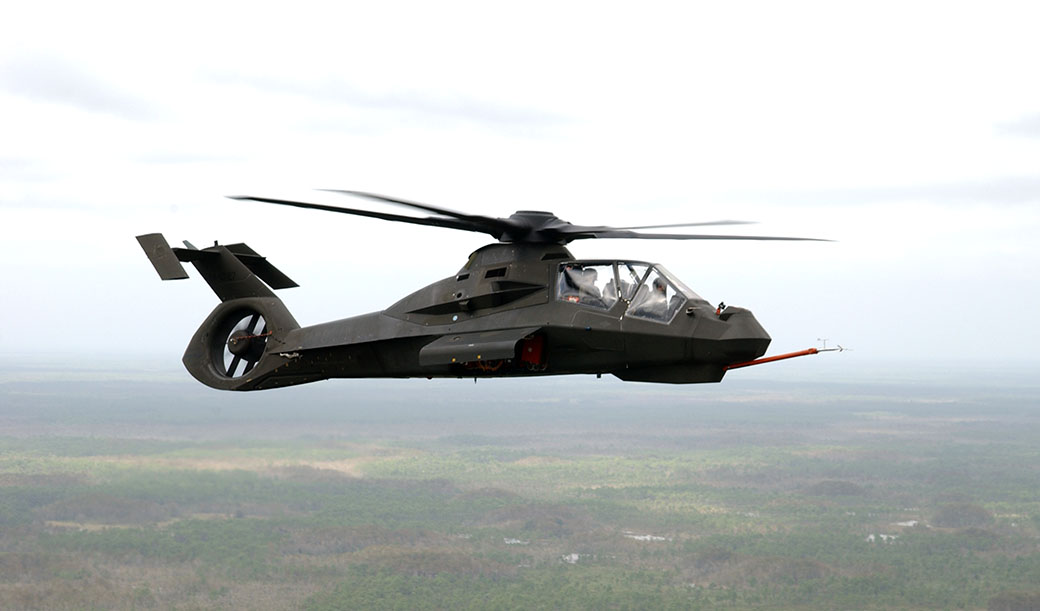
The Boeing Sikorsky RAH-66 Comanche is an American produced armed reconnaissance and attack helicopter designed for the US Army. The helicopter had many advanced features including stealth technology and advanced sensors. It was armed with a rotary cannon and missiles mounted on its wing stubs. The RAH-66 was intended to replace the Kiowa Warrior. Its stealthy design made gave the aircraft a smaller acoustic signature. It was also designed to have a smaller radar profile. It was operated by a digital fly-by-wire control system. The aircraft was however plagued by cost overruns and expensive upgrades and was eventually canceled.
UH-1 Iroquois Helicopter

UH-1 Iroquois, commonly known as the “Huey”, is a multipurpose military helicopter and is famous for its use in the Vietnam War. Development from the Bell Model 204, with initial designation of HU-1 (helicopter-utility), led to its nickname. It was first used by the military in 1959 and went into tri-service production in 1952 as the UH-1. The last ever produced was in 1986. More than 10,000 were made, of which the majority (apx. 7,000) were used in Vietnam.
Dehavilland DASH-7 Aircraft
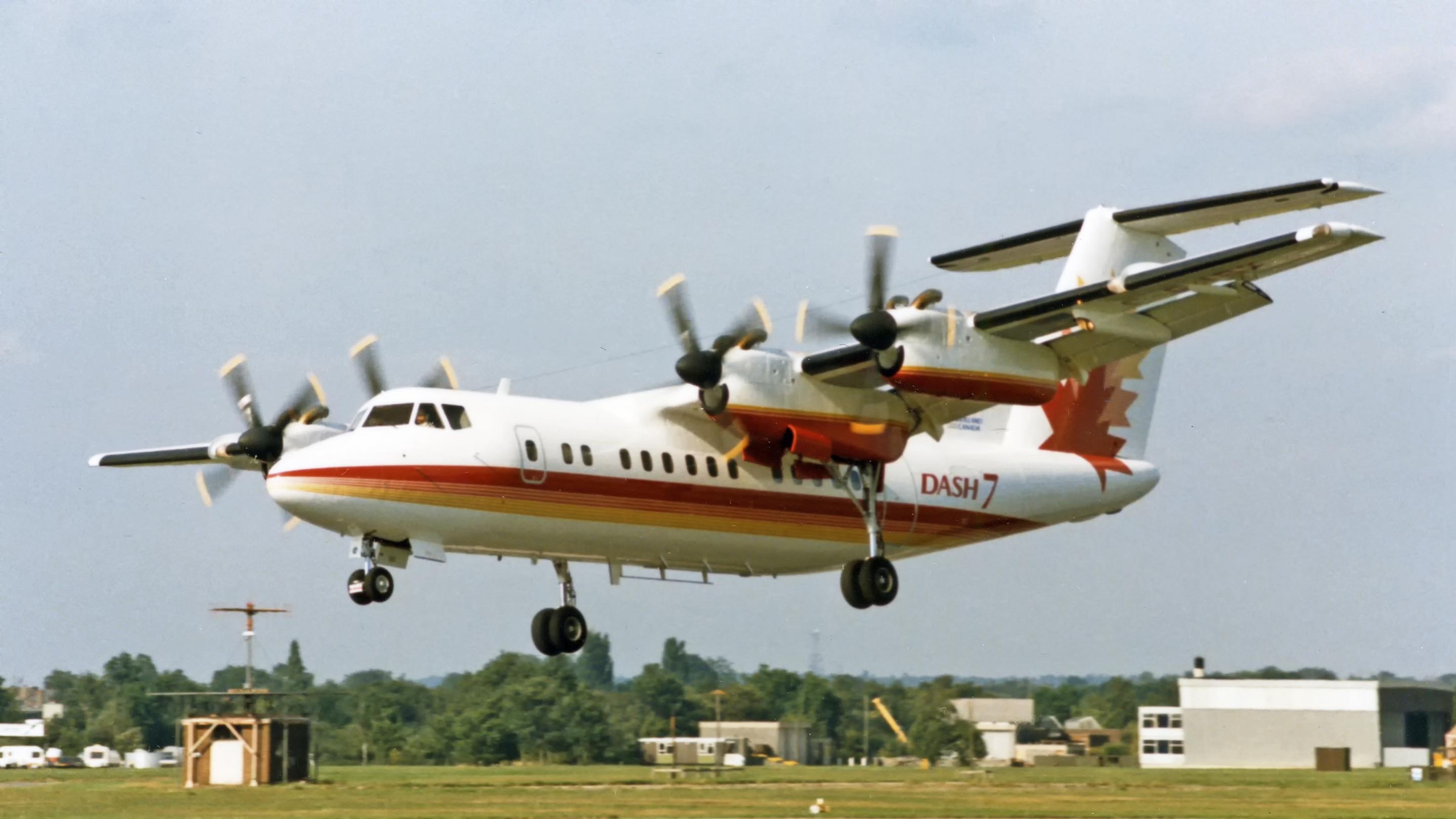
The Dehavilland DASH-7 is a turbo prop powered regional airliner with short takeoff and landing capability. The aircraft first flew in 1975. It was produce between 1975 and 1988. It was produced by Dehavilland Canada. The STOL characteristics of the aircraft allow it to take off and land at small airports and facilities with unpaved or unimproved runways. The DASH-7 is also designed to be very quiet and has minimal prop noise. The DASH-7 is a 4-engine high mounted wing design The DASH-7 is still in service and is operated by Canada, the US and Venezuela. About 113 of these aircraft were made.
Kiowa Warrior OH-58D Helocopter
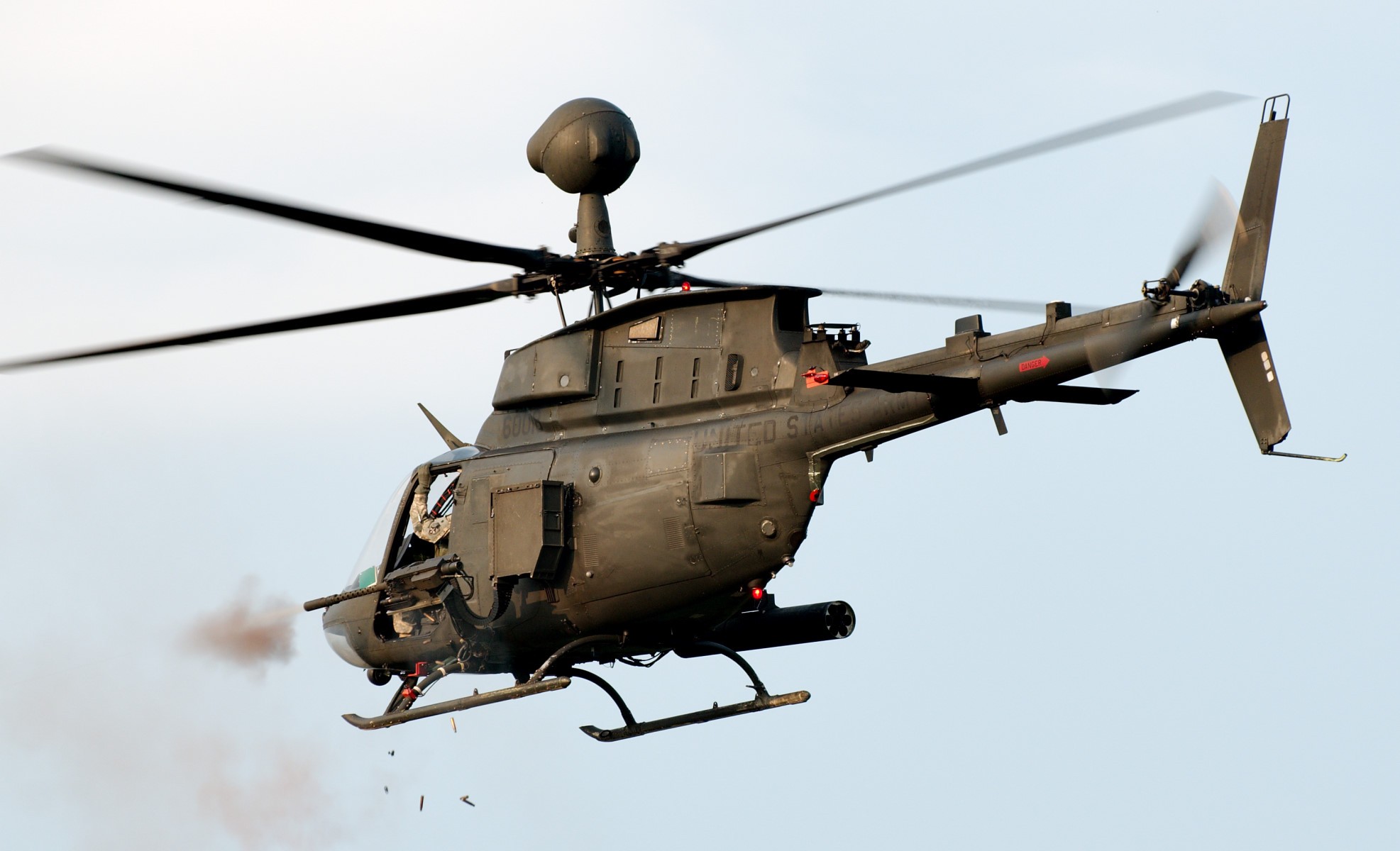
The Kiowa is a series of small single engine, single rotor military helicopters. The Kiowa is designed observation, utility and direct fire support. The Kiowa is produced by Bell Helicopter. The Kiowa was first produced in the early 1960's for use as a light observation helicopter. In the 1970's, the Army developed the Kiowas Warrior series which served as advanced scout helicopter. It can also perform armed reconnaissance and provide fire support for ground forces. It has a mast mounted sensor array for target acquisition and laser designation. The helicopter is also equipped with a passive wire strike protection system. The Kiowas was primarily produced for the US Army. It was heavily used in Vietnam, and many other active war zones around the world. It was withdrawn from service with the US Army in 2017 but remains in use by several countries around the world.
Chinook CH-47D Improved Cargo Helicopter ICH
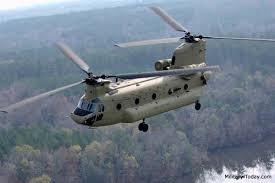
The Chinook CH-47D Improved Cargo Helicopter is a remanufactured version of the CH-47D Chinook. The power plant has been upgraded with the Honeywell T55-GA-714A engine. This gives the helicopter a top speed of 175 MPH and a payload capacity of 21,000 pounds. The CH-47D was introduced in 1979. The helicopter is the principal mover of the 155mm M198 Howitzer. When transporting the M198, the helicopter can also carry 30 rounds of ammunition and an 112 man crew. The helicopter has advanced avionics including a Global Positioning System. The last CH-47D was built in 2002.
AH-64D Longbow Apache Helicopter

The AH-64 Apache is the primary attack helicopter for the US Army. The Apache was developed by Hughes in the mid-1970s and first introduced into service in 1986. The Apache is the successor to the AH-1 Cobra Helicopter. The Apache has sophisticated weapons and target acquisitions systems that give it advanced capabilities. Among these, the helmet mounted display allows either crew member to slave the 30mm M230 Chain Gun to their helmet so the gun tracks the operators head movement so the gun points where they look. The Target Acquisition and Designation System, and the Pilot Night Vision System make the Apache capable of performing in day, night and adverse weather conditions. With the Longbow radar system an Apache can track up to 256 targets simultaneously. Apaches equipped with the Ground Fire Acquisition System can detect sources of ground fire in all light conditions. The FLIR system allows the Apache to engage targets beyond the front line of our troops. The Apache can be fitted with various weapons systems to suit a particular desired role. These include the 30 mm Chain Gun, Hydra 70 General Purpose unguided rockets, and AGM-114 Hellfire anti tank rockets. The Apache can also data link to unmanned aerial drones to perform reconnaissance and target designation. The advanced capabilities of the Apache make it especially effective in supporting Close Support Aircraft such as the AH-10 and the Harrier. Apaches are operated by many countries in the world including Israel, India, the UK, and Saudi Arabia. Over 2,400 have been produced.
Shadow 200 RQ-7 Target Drone
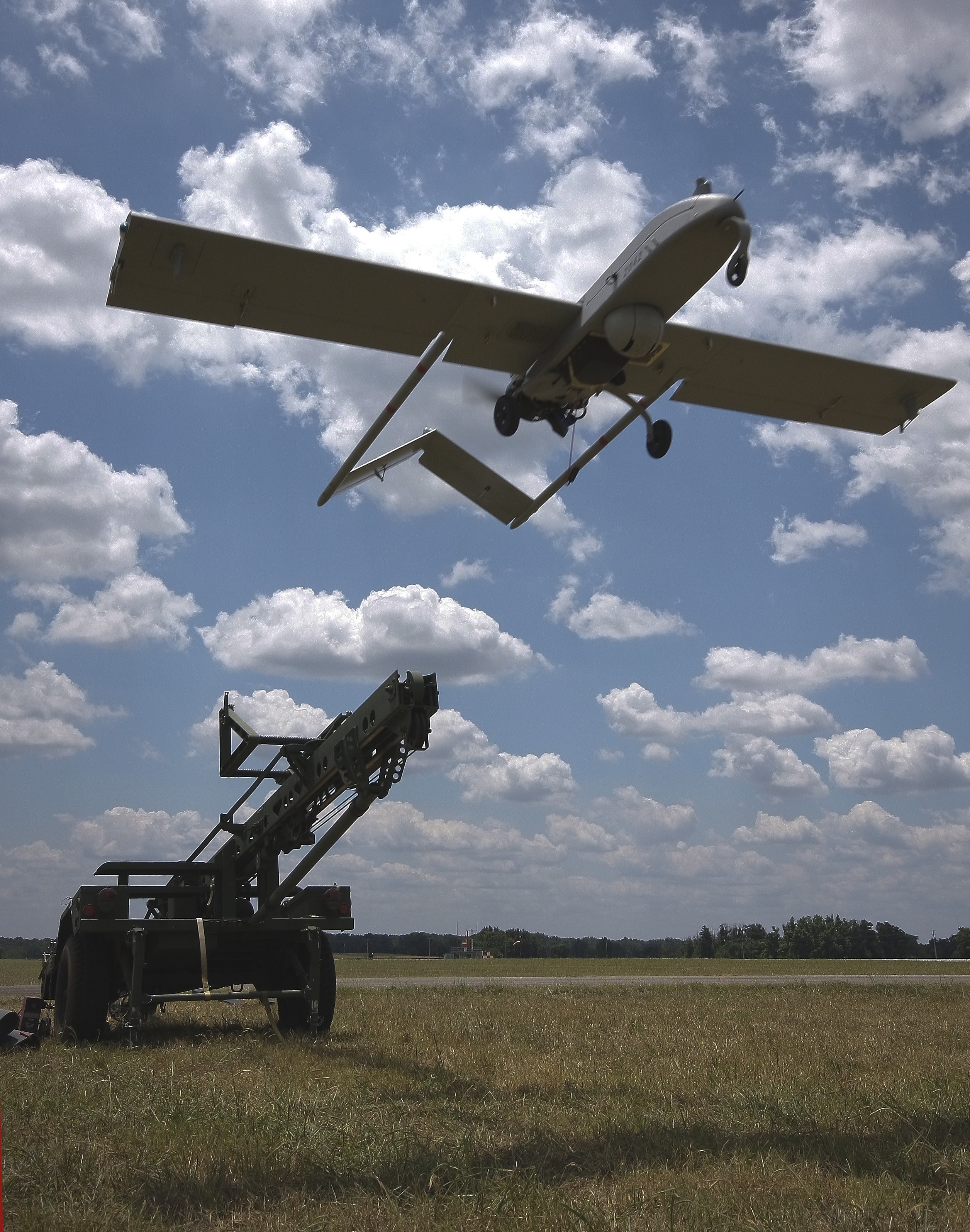
The RQ-7 Shadow is an unmanned aerial vehicle operated by the United States and several NATO armed forces for reconnaissance, surveillance and target acquisition. The RQ-7 is launched from a trailer mounted pneumatic catapult. It is equipped with a gimbal mounted digitally stabilized liquid nitrogen cooled electro-optical infrared camera and relays real-time video to the ground controller.
Guardrail Beech RC -12K Aircraft
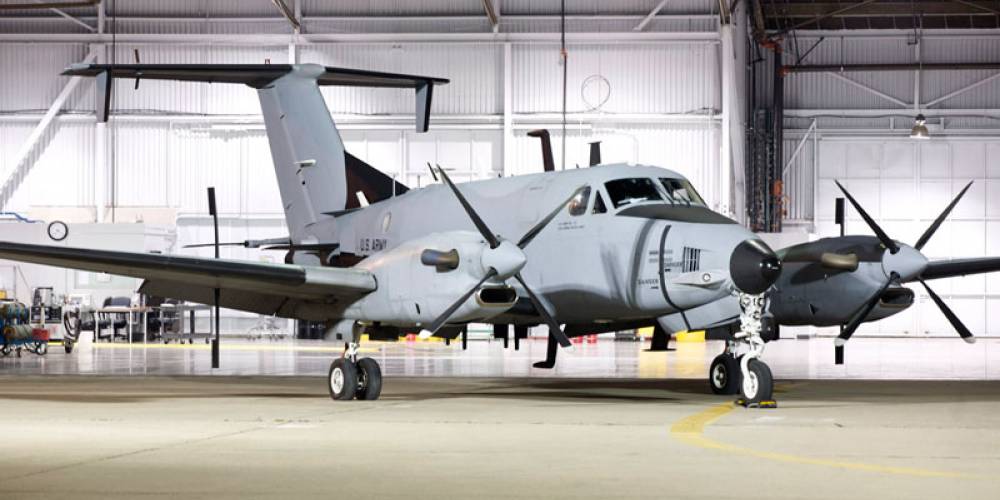
The Beechcraft RC-12K is an airborne SIGINT collection platform equipped with various sensors and processors to collect low, mid and high band radio signals. The processors can identify and locate signal sources and can provide almost real-time reporting. The design of the aircraft is based on the Beechcraft King Air. It was first introduced in 1983. The RC-12 has been deployed to Operation Enduring Freedom and Operation Iraqi Freedom. The RC-12K was developed in 1991 and is still in active service.
Avenger Air Defense System
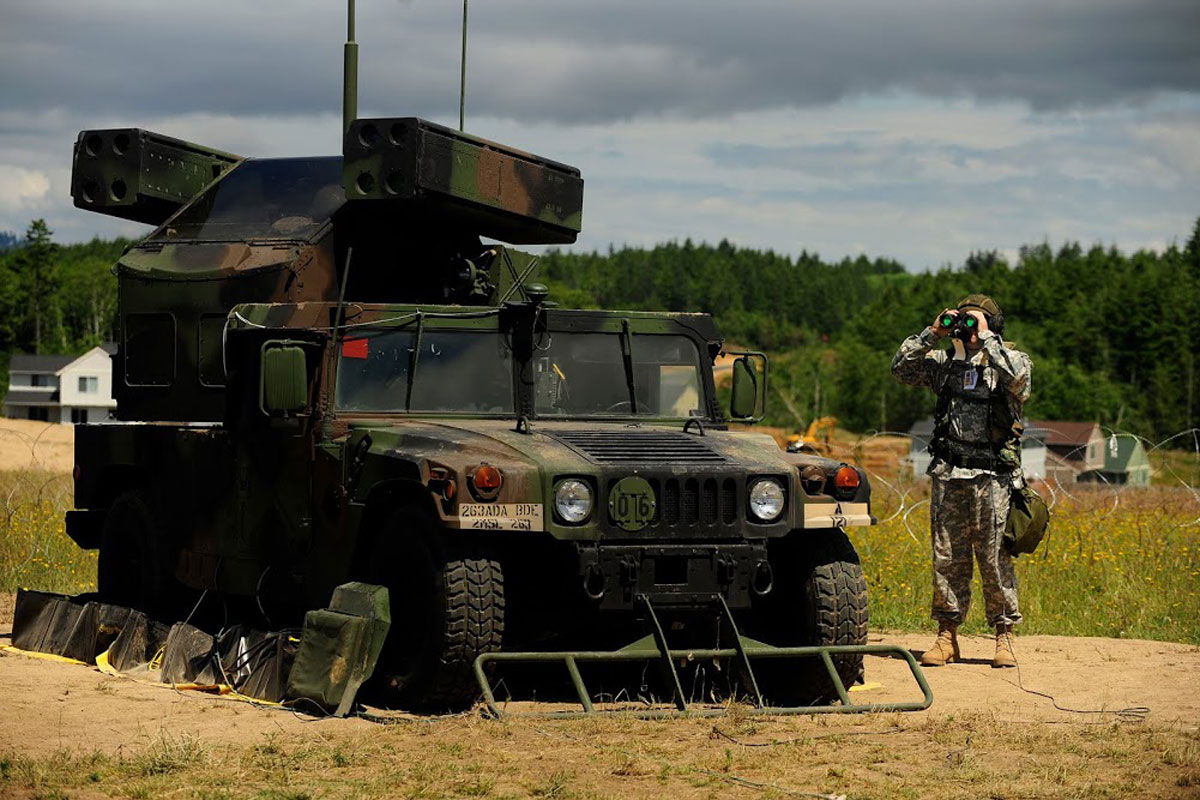
The Avenger Air Defense System is an American self propelled surface-to-air missile system. The Avenger provides short range air defense against cruise missiles, unmanned aerial vehicles, low flying fixed wing and rotary winged aircraft. It was originally developed as a private venture by Boeing in the 1980's. The Avenger first entered production in 1987. The Avenger was deployed in the Persian Gulf War and was also deployed to support NATO forces in the Bosnian War. The Avenger was also deployed in Iraq and Afghanistan. The Avenger fires FIM-92 Stinger Missiles. It is also equipped with a .50 caliber FN M3P machine gun. It is still in service today and is used by the US Army, the US Marine Corps, and the Ukrainian military forces.
Blackhawk Utility UH-60 Helicopter
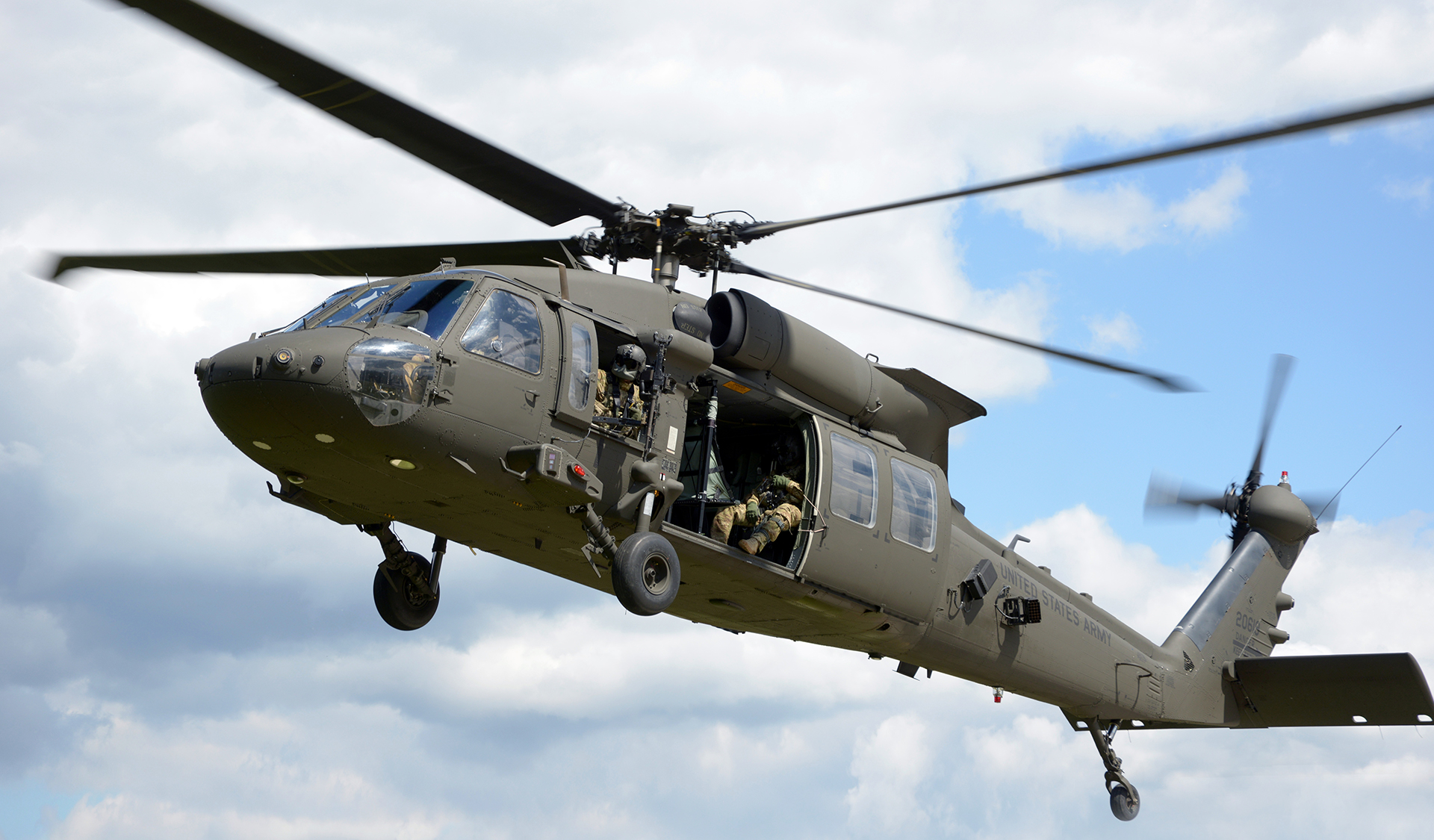
The Sikorsky UH-60 Black Hawk is a military utility helicopter made by Sikorsky Aircraft. The UH-60 is a four blade, twin engine medium lift helicopter. The UH-60 was designed in 1972 and introduced into service in 1979. This helicopter replaced the Bell UH-1 Iroquois. The UH-60 is primarily used by the US Army, but versions exist for use by the US Navy, Air Force and Coast Guard. The UH-60 is also exported to several nations and has served in several modern conflict zones including Iraq, Afghanistan, Somalia and the Balkans.
XMGM-52A Lance Weapons System
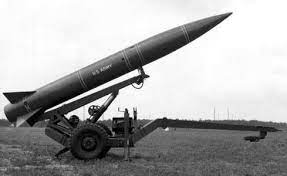
The Lance XMGM-52 was a medium range tactical surface to surface missile. The Lance replaced the Sergeant and Honest John in US Army service. The Lance was also the last nuclear armed tactical missile employed by the US Army. The Lance was developed in the early 1960s and was powered by a liquid fueled rocket motor. The Lance used four spin motors which were ignited after launch. The rocket was guided by a self contained inertial system. The extended range version had a maximum range of about 140 KM. The first flight took place in 1969. The Lance was deactivated in 1991.



